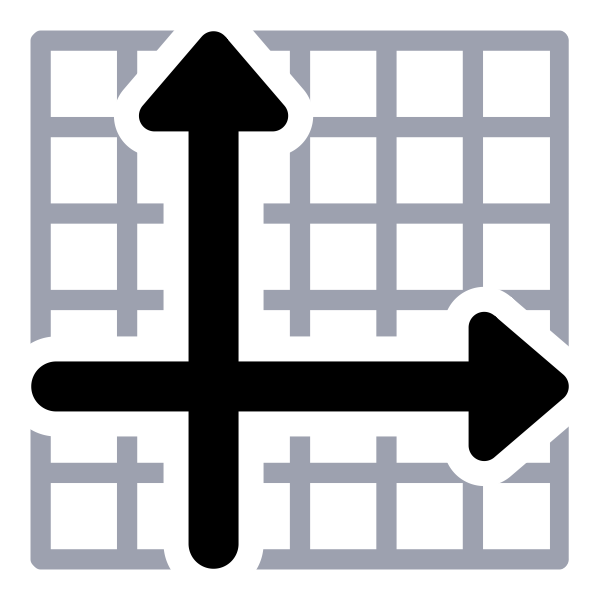

Reza’s passion is to help you find the best data solution, he is Data enthusiast. He is an International Speaker in Microsoft Ignite, Microsoft Business Applications Summit, Data Insight Summit, PASS Summit, SQL Saturday and SQL user groups.
#SIMPLE COORDS NOT WORKING PRO#
He is also the author of very popular book Power BI from Rookie to Rock Star, which is free with more than 1700 pages of content and the Power BI Pro Architecture published by Apress. He is the leader of the New Zealand Business Intelligence users group. He wrote some books on MS SQL BI and also is writing some others, He was also an active member on online technical forums such as MSDN and Experts-Exchange, and was a moderator of MSDN SQL Server forums, and is an MCP, MCSE, and MCITP of BI. His articles on different aspects of technologies, especially on MS BI, can be found on his blog. Reza is also co-founder and co-organizer of Difinity conference in New Zealand. Reza is an active blogger and co-founder of RADACAD. He is a Microsoft Data Platform MVP for nine continuous years (from 2011 till now) for his dedication in Microsoft BI. He has a BSc in Computer engineering he has more than 20 years’ experience in data analysis, BI, databases, programming, and development mostly on Microsoft technologies. Reza Rad is a Microsoft Regional Director, an Author, Trainer, Speaker and Consultant. Map still might seems scary for you to see that many earth quakes with more than 6 magnitude in only one year, But if you wanna live in a magnificent country you should take some risk 😉 Video as the data rows were too many (19K quakes), I’ve filtered to show only those that has magnitude greater than 6. For chart below I’ve also showed magnitude in values, and color saturated it based on depth of the earth quake. Map works with Latitude and Longitude (which we have fortunately), I also add magnitude as values.

This time you will see these two fields with map icons besides them. Select the Column and then change the Data Category under the Modeling menu to respective field (latitude or longitude). This can be easily changed in the data tab. Now I want to visualize this data on the Power BI Desktop Map to see whereabouts most of earth quakes are happening! If I fetch that data into Power BI through Get Data and then from CSV experience, and load it without any change in the Power BI Desktop I’ll see then in the fields section like this:Īs you see Power BI considered these fields as numeric fields and summarized them in the view (you can see sigma icon besides them in screenshot above). Wow, that’s a lot of earth quakes isn’t it? but don’t worry most of them are on minor magnitude, this file contains records with even 0.7 as magnitude! such an awesome recording of events. The file is for a year earth quake data (from September 2014 to September 2015), and it has 19K records. Screenshot below shows part of the data set as an example Īs you see in the screenshot there are two highlighted columns for latitude and longitude and also a column for magnitude. It can also export the data as CSV file, which is the file that I’ve used. This website search through all earth quakes happened in New Zealand. Here is example earth quake data that I’ve fetched from Quake Search service of GeoNet website.

Problem DefinitionĪs I’ve mentioned there are sometimes that you have no address information but only latitude and longitude, an earth quake data is one of the most common examples of that.

#SIMPLE COORDS NOT WORKING HOW TO#
Unfortunately to your surprise, at this point of the time Power BI Desktop map doesn’t support visualization only based on latitude and longitude! So this post is about how to visualize it with Power BI Desktop map easily. However latitude and longitude is precise enough for any GPS device to point out the exact location. As an example an earth quake most of the time happens somewhere deep in the ocean where there is no street address! All you have is latitude and longitude as the Geo graphical data. However sometimes you don’t have address fields, actually in some types of the data there is no address field. Fortunately Bing Map helps a lot to search the point on the map based on address fields. You may have seen many videos or blog posts so far that Power BI Desktop showed the data on the map visualization based on address, suburb, city, state, and country.


 0 kommentar(er)
0 kommentar(er)
